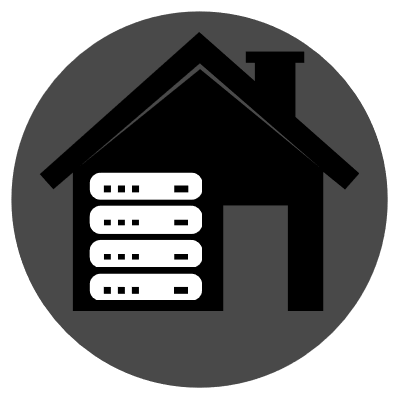This is definitely the wrong answer for this community, but may be an acceptable answer for this post. I have never used it nor would I ever recommend using it, but the conversations I have had with others who do use it make it seem like the service is far better than any alternative. Given the OP’s requirements and willingness to both pay and sacrifice privacy, it seems like this may be appropriate for OP.
I would still explore other options though. There are several competitors to Life360 and presumably there are some with better privacy policies (even if the service would not typically be recommended on this community). Maybe OP could use a service like https://tosdr.org or https://tldrlegal.com to better evaluate those options that would likely not get much attention on this community.
Depending on the required features, maybe the Live Location Sharing feature of chat apps like Element may be sufficient. It could also help improve the privacy of the users’ by switching to a more private/secure messaging app in the process.





Take a look at QuickWeather if you want a map.